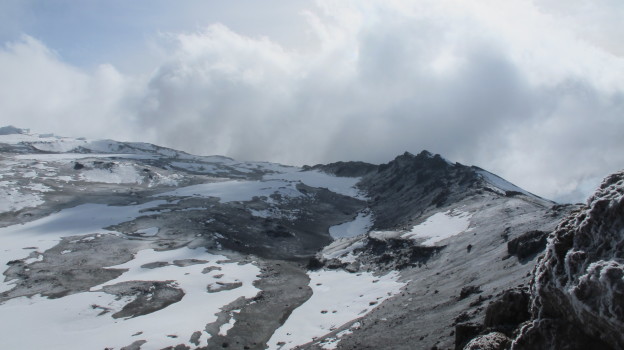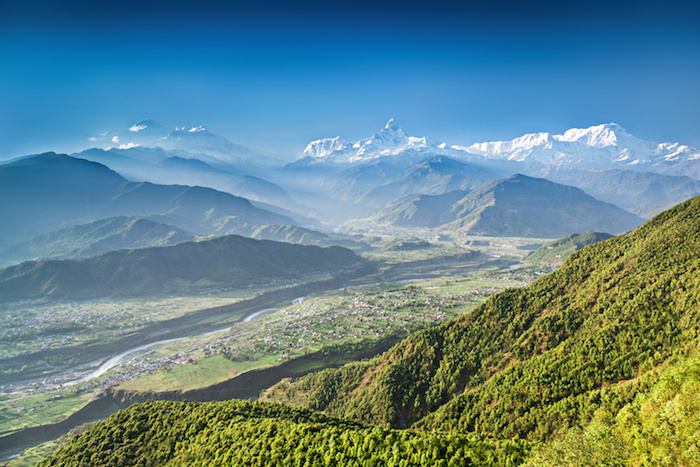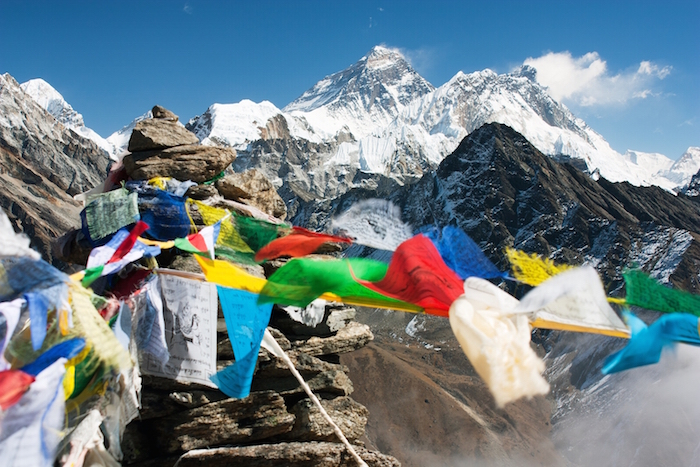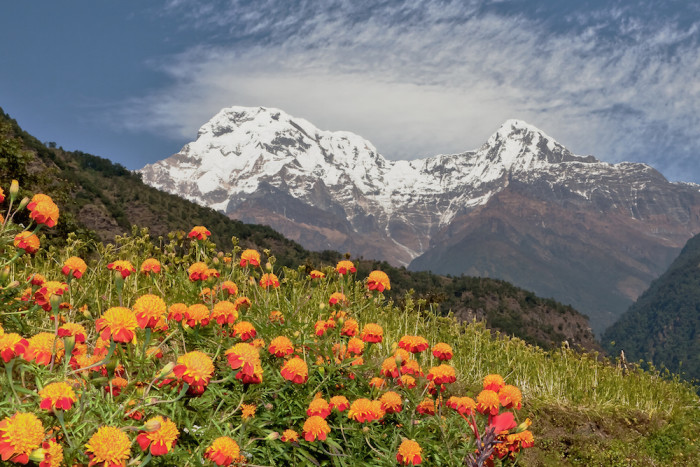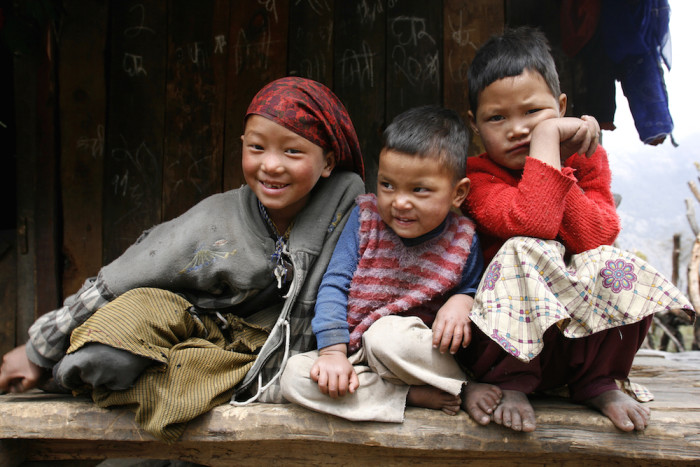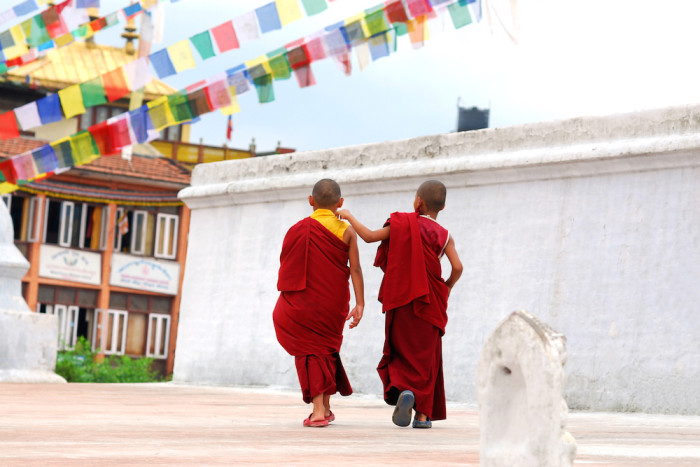From Inspired Adventure’s CEO and founder Justine Curtis first climbing Mount Kilimanjaro in 2004 to our current figures – presently having over 500 adventurers partaking in this climb – it’s remarkable to see just how far the company has come. Reaching the summit of the world’s highest freestanding mountain, Justine gave herself only 3 months to raise $30,000 and attempt the biggest challenge in her life thus far.
This increasingly popular climb is an incredibly challenging 12-day trek through Tanzania’s Kilimanjaro National Park. Trekking from the rainforests of the East African plains, through five different climatic zones, to the final awe-inspiring glacier at the summit of Mount Kilimanjaro.
Our founder Justine Curtis made the decision to climb as part of a management training course intended to forcibly get you of your comfort zone. She created the immense challenge for herself to raise $30,000 within 12 weeks and with very little training or research to climb the summit of Mount Kilimanjaro. Raising the funds for a water pump for an orphanage in Zimbabwe. Whilst having being given the opportunity to climb before and rejecting it through fear, fitness and lack of preparation – Justine decided enough was enough and that no matter what she was going to reach the summit.
Our CEO tells a wonderful story of reaching the summit, saying that; “We got to the point where it was dusk, we were above the clouds and there was this tiny little orange dot on the horizon. This pinprick where the sun was going to come up and burst into the sky. It was one of the most beautiful things I’ve ever seen.”
Known as the rooftop of Africa; the climb can be completed without ropes or extensive equipment, the adventure is not one for the faint hearted. Justine has said that this climb was the “catalyst for me to create an exciting fundraising agency and share the opportunity with other people”.
As it currently stands Inspired Adventures has a 95% summit success rate which is extraordinary. For people who are of an average fitness level it’s surprisingly very achievable. Through Inspired Adventures the participants have been eclectic, from young teenagers trekking with their parents to the more mature 70s and 80s age range successfully climb it.
Justine tells us that; “The camaraderie is incredible, others empowering you with their commitment and hard work to get you to the top. There’s nothing better than that connection.”
Interested in participating? See our website for further details.
Check out the upcoming adventures on our calendar!










